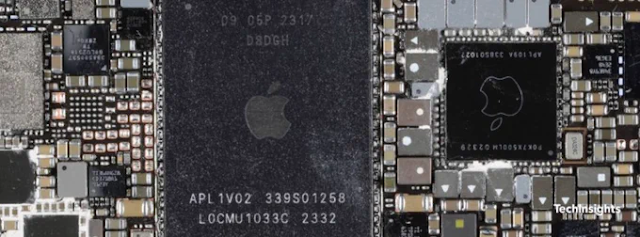Apple has been replacing the glass lenses in future iPhone cameras with advanced plastic lenses that have successfully passed customer testing. Two years prior, Apple's supplier Largan invested heavily in ALD (Atomic Layer Deposition) deposition machines specifically for this purpose, costing over $13.9 million each. This investment paid off with significant business from the coating of lenses for the iPhone 15 series, which introduced a periscope lens in its Pro model—a first for iPhones.
Looking ahead, there's anticipation that these new plastic lenses might feature in the iPhone 16 or 17. Largan's chairman, Lin Enping, confirmed the successful testing of a new plastic film, though it remains uncertain if it will be ready for the next iPhone release. This transition to plastic could potentially enhance camera durability, particularly by reducing lens flare and protecting the lenses from damage in case of a fall.
Speculation abounds that Apple might be the customer Lin referred to, although he did not specify. Market analysts highlight that a move to plastic lenses would not only signify a significant technological shift but also align with Apple's ongoing innovation in camera technology.
Update: Apple has used plastic lenses up to and including the iPhone 15 line-up – with one exception. The tetraprism lens used in the iPhone 15 Pro Max is a glass-plastic hybrid known as 1G3P – that is, one glass element, three plastic. This is a compromise designed to bring some of the quality gain from a glass element, without the disadvantages of an all-glass design. Many of the elements in a lens are there purely to correct for various types of distortion. Using at least one glass element eliminates some of those distortions, allowing for fewer elements. Apple's Glass And Plastic Hybrid Lens In The iPhone 15 Pro Max Will Spark A Trend For The Competition To Follow (wccftech.com)
The iPhone 16 Pro is tipped to receive the 5x optical zoom tetraprism lens currently available only on the largest iPhone 15 Pro Max model. This lens will bring Apple’s current most powerful zoom capabilities to the smaller of the two Pro models. However, according to another rumor from last year, the iPhone 16 Pro Max may pull ahead again with an even stronger “ultra-long” telephoto camera. New Apple Leak Reveals Major iPhone 16 Pro Camera Upgrade (forbes.com)
Largan Precision Co., Ltd., based in Taiwan, is a leading manufacturer of optical lens modules, primarily for smartphones and cameras. Renowned for supplying high-quality camera lenses for Apple's iPhone, Largan specializes in high-end lens modules. The company has invested heavily in advanced technologies such as atomic layer deposition (ALD) to enhance lens durability and image quality. Largan's significant production capacity and commitment to innovation make it a key player in the optics industry, pivotal in advancing smartphone camera technology. This role is critical for meeting the high demands of major smartphone manufacturers like Apple.



%20(1).png)



